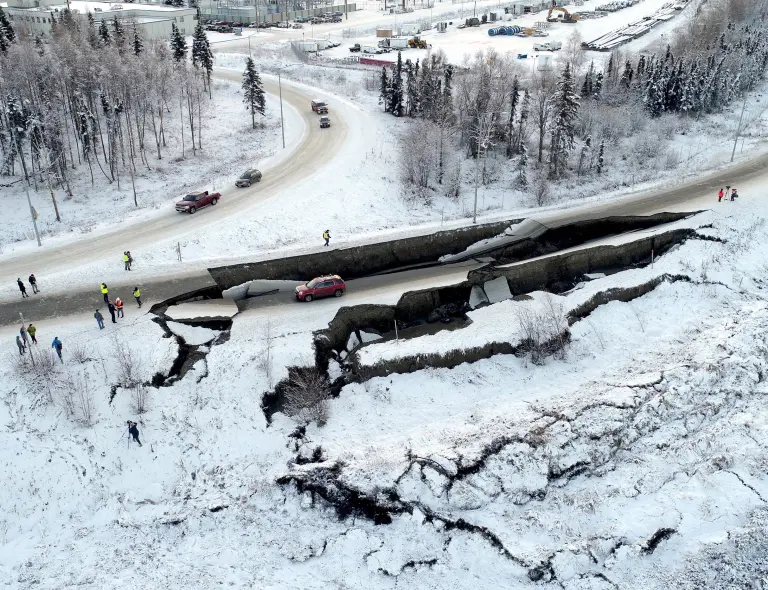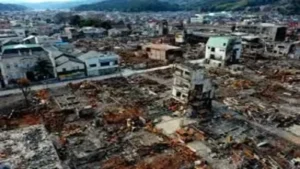
A newly examined fault line in North America could be the source of a powerful earthquake spanning from Alaska through Canada and potentially affecting parts of the U.S., according to new geological research. This isn’t the well-known Cascadia fault—it’s something more surprising: an ancient geological scar that many thought was dormant.
A Quiet Fault with a Loud Warning
The Tintina Fault, a massive crack in Earth’s crust stretching more than 1,000 kilometers across northwestern Canada and into Alaska, has caught the attention of scientists who believe it’s far from inactive. For years, it was considered geologically quiet. But new research tells a different story—one that could have serious consequences for communities, infrastructure, and emergency planning across the region.
What Did Scientists Discover?
Using advanced satellite imagery, drone surveillance, and ground mapping, geologists uncovered strong evidence of past seismic activity along the Tintina Fault. Large land shifts and displaced glacial features suggest that powerful earthquakes occurred here in the relatively recent geological past—possibly within the last several hundred thousand years.
That’s a big deal because these signs point to the potential for future movement—on a massive scale.
How Strong Could an Earthquake Be?
Based on fault length and geological characteristics, researchers estimate that a future rupture could produce an earthquake as strong as magnitude 7.5. While this wouldn’t reach the magnitude 9+ potential of offshore faults like Cascadia, it’s still enough to cause widespread damage.
The risk is heightened by the fault’s proximity to key infrastructure such as:
-
The Trans-Alaska Pipeline
-
Remote towns like Dawson City
-
Roads, bridges, and mining operations across northern British Columbia and the Yukon
Why This Fault Matters Now
One of the most concerning findings is that the Tintina Fault is currently not included in Canada’s official seismic hazard models. That means communities and infrastructure along its path may not be adequately prepared or built to handle a large quake.
Now that scientists have flagged it as potentially active, there is growing pressure to update risk assessments and emergency response plans in the region.
Not Just a Northern Problem
While the fault lies in a relatively remote part of North America, its reach is significant. A powerful earthquake here could send strong ground shaking into southern Alaska, parts of Montana, and even interior British Columbia. Supply chains, energy corridors, and even tourism could be affected, depending on the location and strength of a rupture.
How It Compares to Cascadia
It’s important to note that the Tintina Fault is not the same as the Cascadia Subduction Zone—the offshore fault that threatens major cities like Seattle, Portland, and Vancouver. Cascadia is a megathrust fault beneath the ocean, capable of producing catastrophic tsunamis.
The Tintina Fault, on the other hand, is a continental strike-slip fault. It won’t generate tsunamis, but it can still cause devastating shaking over a wide area.
Final Thoughts
The discovery of seismic potential along the Tintina Fault is a stark reminder that not all earthquake risks come from well-known faults near big cities. Sometimes, the danger lies in the quiet, overlooked regions—until science uncovers the truth beneath our feet.
Governments, engineers, and emergency planners now face an urgent question: Are we ready for an earthquake in a place we thought was safe?











